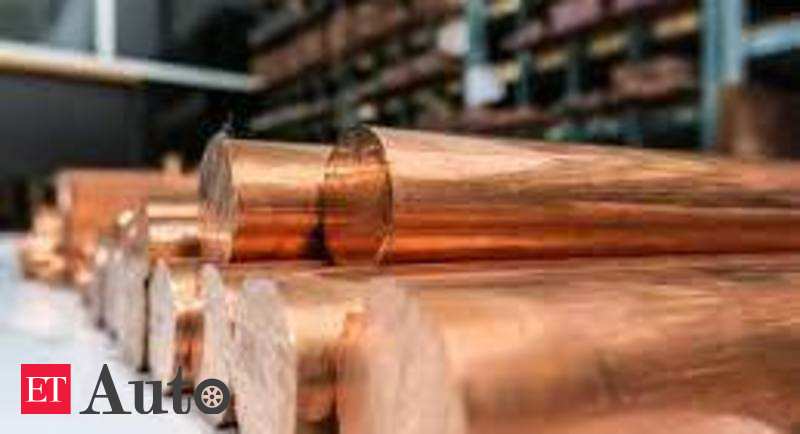China's Ministry of Ecology and Environment has not approved any application to build copper concentrate blending facilities in the country this year, causing concern among copper producers who are struggling with raw material supply. The blending plants are controversial because they involve mixing different types of copper concentrate to create a uniform product, which can result in the release of hazardous materials into the environment.

The ministry's announcement, reported by news agency Reuters, comes as copper prices hit record highs due to supply disruptions caused by the COVID-19 pandemic and increased demand from the electric vehicle industry. Faced with a shortage of copper concentrate, some Chinese smelters have turned to blending imported concentrates with domestic concentrates to create a standard product.
However, the environmental impact of blending copper concentrates has raised concerns among Chinese authorities. In 2019, China's Ministry of Ecology and Environment called for stricter regulation of copper concentrate blending, warning that the practice could lead to "severe pollution."
Several copper companies, including Tongling Nonferrous Metals Group and Jiangxi Copper, have applied for approval to build blending facilities in China this year, according to industry insiders. But the ministry has yet to grant any permits.
These delays have put pressure on Chinese copper producers, who are struggling to obtain enough raw material to feed their smelters. China is the world's largest consumer of copper, accounting for around 50% of global demand.
The shortage of copper concentrate has also triggered a surge in prices, which hit an all-time high of $10,400 a tonne in May. The price spike has led to increased profit margins for copper producers but has also raised concerns about the impact on consumers of copper-based products.
At the same time, the shortage of copper concentrate has boosted demand for scrap copper, which has lower environmental impact than mining and refining new copper. Some Chinese smelters have started to shift their focus to scrap copper processing as a way to secure their supply chains.
Experts say that the shortage of copper concentrate is likely to continue in the short term, as mines in Chile and Peru struggle with COVID-19 outbreaks and strikes. China has also reduced its imports of copper concentrate from Australia, following tensions between the two countries.
In the longer term, analysts predict that rising demand for copper from the electric vehicle industry could put further pressure on supply chains. Electric vehicles require large amounts of copper for their batteries and charging infrastructure, and the transition to cleaner modes of transportation is expected to drive up demand for the metal.
To meet this demand, new copper mines will need to be developed, which will require significant investment and a strong regulatory framework to ensure environmental sustainability.
Overall, the issue of copper concentrate blending and its environmental impact highlights the challenges faced by China's copper industry as it seeks to balance economic growth with environmental protection. The delay in approvals for blending facilities underscores the importance of balancing environmental concerns with the need for stable raw material supply for copper producers.